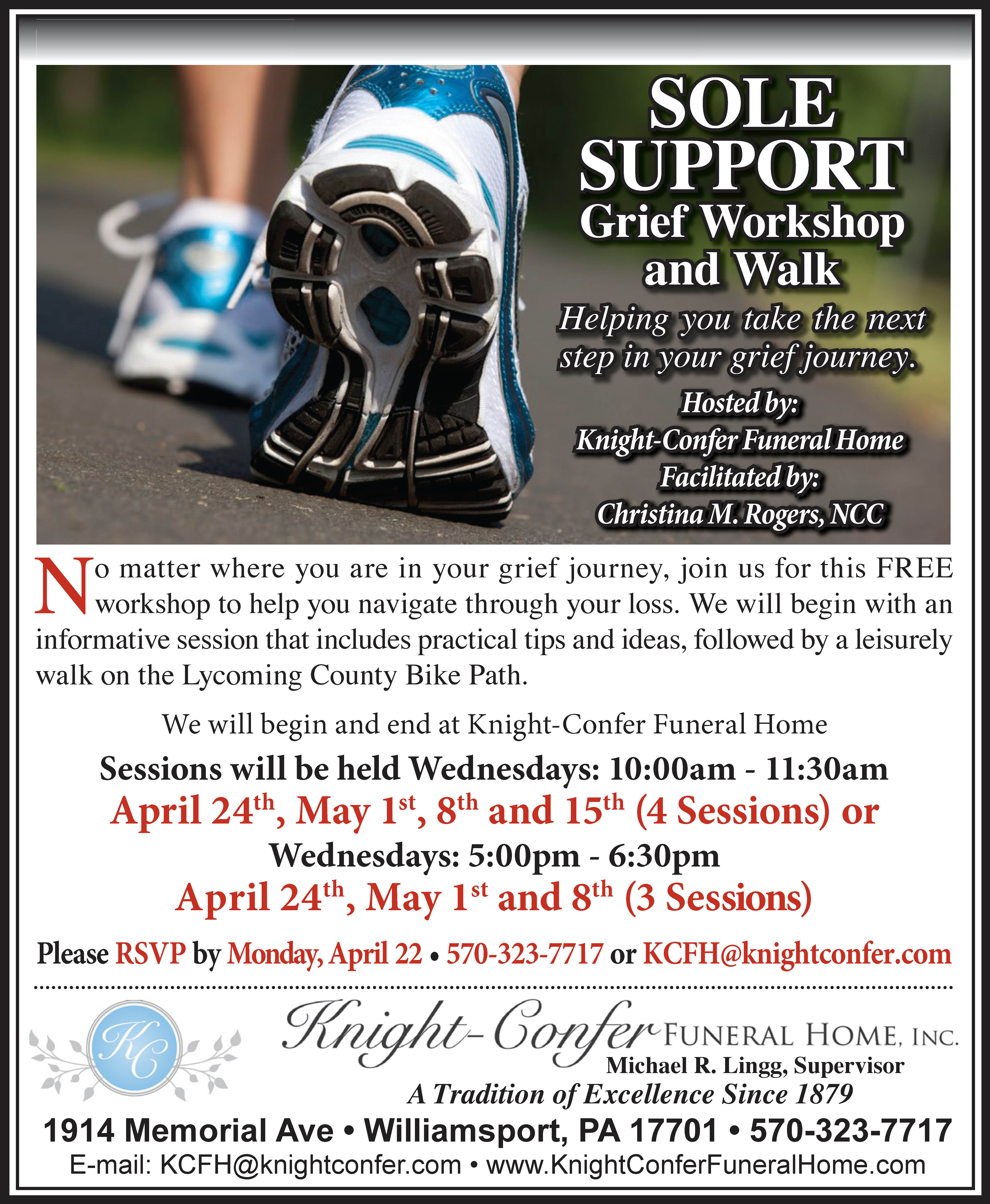By Lou Hunsinger, Jr.
March is Women’s History Month and before the month is completely over, we at Webb Weekly would like to highlight in capsule form some of the notable women of Lycoming County’s history.
The first two were around before there was even a Lycoming County. The first is Madame Montour, born Elizabeth Catherine Couc, at Quebec, Canada, in 1667 the daughter of a French trapper and an Algonkian Indian wife.
Madame Montour would later become an important interpreter for New York Governor Robert Hunter. She later married an Oneida chief and eventually made her way to the Susquehanna Valley. She ended up living near the present day Montoursville with her son, Andrew Montour and her niece French Margaret. She died in 1744 after a very interesting and colorful life.
Rachel Silverthorn was kind of a “female Paul Revere” of the Susquehanna Valley. In August 1778, during the Revolutionary War, what would become Lycoming County was menaced by vengeful Indians, seeking to recapture their lands from white settlers. This culminated in the “Plum Thicket Massacre” in what would be Williamsport in June 1778. Silverthorn came upon some Continental soldiers who had been attacked by Indians, one of which was dying from wounds he received from marauding Indians. She then rode off and warned the settlers of the Muncy area and beyond of the danger.
Moving forward in time, many professions were closed off to women, so it was notable when any attained success and established them in their chosen professions.
The first two women physicians in the Williamsport area were, Dr. Rita Church and Dr. Jean Saylor Brown. The two were friends from their days at the Women’s Medical College Hospital in Philadelphia. The two doctors were instrumental in the founding of the Williamsport Hospital, now UPMC Susquehanna. Brown has the distinction of having performed the first operation “worthy of mention” in 1881.
Louise Larzalere Chatham became the first woman attorney in Lycoming County in 1923. She was also very active in the civic and social affairs of the county. She was the first woman to become vice chairman of the Republican County in this county.
Carile Cone Higgins Brown can be rightfully called the “mother” of the James V. Brown. Carile was married to prominent lumberman, James Vanduzee Brown. She thought that a city the size of Williamsport should have a nice, free and decent sized public library. She persuaded her husband to help put up much of the money that made the library possible. Unfortunately, she did not live to see the library completed. She died in 1902, five years before the library’s completion.
Jerusha Bailey Mussina, known as “Mother Mussina,” in 1874 she led crusading groups of women to confront the owners and patrons of Williamsport’s hotels and saloons, urging them to give up the sale and use of liquor.
Mary Slaughter, was born into slavery in Virginia, this Williamsport woman founded and managed the first home open to elderly African-American women, called the Home For Aged Colored Women, even travelling to the state capital to successfully secure state funding.
In the field of arts local women have also excelled. One woman, Julia C. Collins, wrote in 1865, the first novel ever written by an African-American woman, called “The Curse of Caste,” or “The Slave Bride.” She also taught school to Williamsport’s African-American children. Collins reportedly died in late 1865.
Frances Tipton Hunter is one of the most acclaimed artists to evert come from Williamsport. She was a 1914 Williamsport High School graduate. Her artwork was seen on the covers of such noted national magazines as: the “Saturday Evening Post,” “Ladies Home Journal,” “Redbook” and “Good Housekeeping,” to name a few.
Mamie Sweeting Diggs, who died in 2011, did much to highlight and educate both school children and the public at large about the role that her great-grandfather, Daniel Hughes played as a conductor on the Underground Railroad and the role he and it played in local history. She was given an honorary doctorate by Lycoming College for her efforts.
In the political and governmental realm there are several women trailblazers. Constance Snyder was the first woman elected to Williamsport City Council in 1973. Marlyne Whaley was the first African-American woman to be elected to city council in 1995.
Jessie Bloom was the first woman mayor of Williamsport, serving from 1988 to 1992.
In 1983 the first two women were elected as Lycoming County Commissioners, Dolly Wilt and Lora Morningstar.
The first woman judge in Lycoming County was Nancy Butts, elected in 1995. She is currently the President Judge of Lycoming County.
These are just a few of the most notable women who have made a difference in our county over its 200 plus years of existence.
There is an excellent resource if you wish to learn more about the role of woman over the years in this area and that is through a website called the Lycoming County Women’s History Project: “Williamsport Women Images, Voices, Actions.” The project is a cooperative effort of Lycoming College Snowden Library, the James V. Brown Library, the Lycoming County Historical Society, and Pennsylvania College of Technology Madigan Library. Other partners include the Williamsport Home, the Williamsport Hospital School of Nursing Alumni Association, and the YWCA of Northcentral PA.
The project is directed by Snowden Library and the website is hosted by Lycoming College.
2 comments



2 Comments
Mary Sieminski
March 25, 2020, 9:22 amGreat article about local women!
REPLYMary Herzenberg@Mary Sieminski
March 25, 2020, 2:03 pmThank you Lou. I enjoyed the information.
REPLY